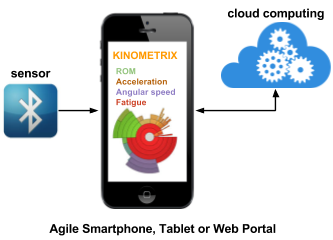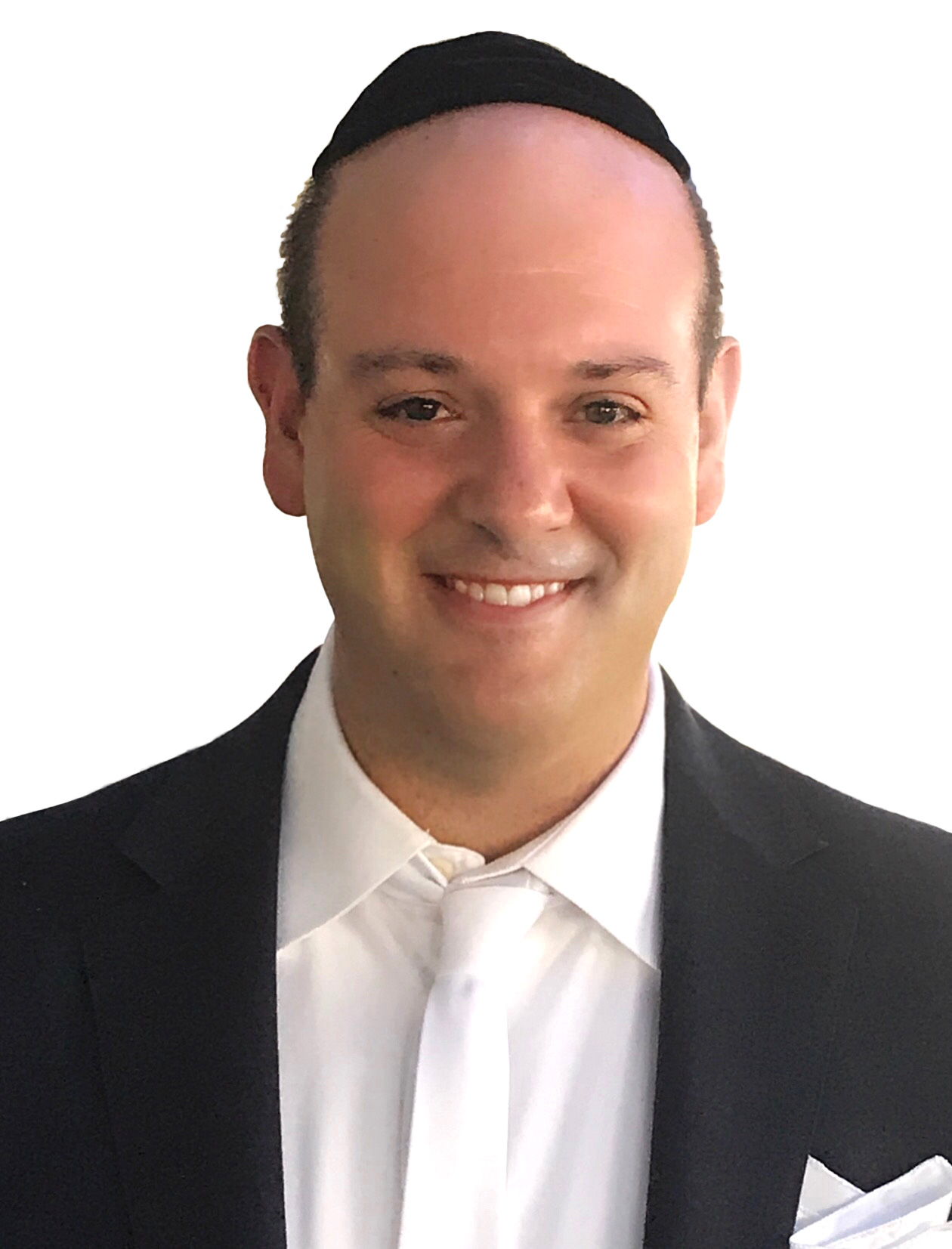Revolutionizing Injury Rehab: The Kinometrix Platform
by Sam Jazzo

Currently, all rehabilitation assessment is done using subjective information; we are using an IOT platform to gather objective information for clinicians.
Rockville, United States Medical Device For the Doctors Office Precision Medicine MedStartr Ventures challengeAbout our project
The problem we solve: Currently there are 472,000 rehab clinicians in the United States. These clinicians are making treatment decisions using subjective tools, like "rate your pain from 1-10." This would be like your doctor determining whether or not to keep you on blood pressure medicine numbers based on what you feel your blood pressure is. This system of subjective assessment is not working. The 3 main stakeholders in injury rehab--the patients, the clinicians and the insurers--are dissatisfied with the lack of practical objective measurement tools. The patients want the clinicians to tell them how much better they are getting, not the other way around. The clinicians are frustrated, because the patients' responses don't always accurately reflect the progress they are making. Insurers are nervous about allocating resources based on highly subjective information. Currently, no system exists that can address this problem while making all 3 stakeholders happy.

About our solution: Our solution is an IOT platform that uses a small, wireless motion sensors coupled with proprietary signal processing algorithms, which feeds a responsive web app. The system works by collecting data on the motion of a patient's injured body part as they go through a set of pre-prescribed exercises during their clinical visits. The data is then analyzed by our proprietary signal processing algorithms. Then that analyzed data is displayed on the clinicians laptop, tablet or smartphone. The analyzed data provides key objective measures that the clinician can use as a marker for injury rehabilitation progress. When the clinicians reviews the data collected with the patient, the clinician can bill insurance and expect reimbursement.
Progress to date:
Currently, we have developed a prototype platform. Using this prototype platform we have been able to run pilots programs with a small group of clinicians. During these pilot programs we validated that clincians using our system will be reimbursed by both public and commercial insurance.
Additionally, we have reached out to dozens of rehabilitation clinicians to get their feedback on our system. We have received overwhelming demand for our system from these clincians. The demand has been equal across all of our market segments.
Now we are looking for a small investment (>$30,000) so we can build our cloud infrastructure, so that our system will seemlessly scale. Then we can begin our sales efforts outside of our pilot locations.
About Our Team
Creator: Sam Jazzo
Location: Maryland
Education: University of Miami
Bio: I am a nationally certified athletic trainer. I received my training at the University of Miami, where I worked with elite athletes including dozens of professional football, basketball and baseball players. Additionally, I worked in a research lab that focused on creating low-cost motion analysis systems. Before joining Kinometrix, I consulted with the military on programs to optimize human performance. I feel passionately that we can create pragmatic solutions for clinicians to get better feedback from their patients, thus leading to better treatment outcomes.
Title: Chief Operating Officer
Advanced Degree(s): A.T.C.
About Our Company

Kinometrix
Location: 6000 Executive Blvd
602
Rockville, MD 20852
US
Founded: 2017
Website: http://www.kinometrix.com
Twitter: @kinometrix_llc
Facebook: https://www.facebook.com/Kinometrix/
Product Stage: Prototype/MVP
YTD Sales: Working on it
Employees: 3-5
How We Help Patients
Our system engages patients by providing them goals and benchmarks to aim for while they are going through their injury rehabilitation. This makes them more motivated to be compliant with their home treatment plan, leading to better overall outcomes and less readmission to rehabilitation.
How We Help Physicians
Clinicians performing rehabilitation are currently under a great deal of scrutiny from insurance carriers to provide objective measures to validate their treatment plans. With this tool clinicians will get the data they need to negotiate from a point of strength with insurers.
Challenge Mission
Key Milestones Achieved and Planned
We intend to roll out our system in the mid-atlantic region, where there are 47,000 clinicians. In three years, we intend to have 20% penetration in this mid-atlantic market. This will produce over $33 million in revenue by 2020. This will allow us to leverage a deal with regional insurers to require the use of our product, thus allowing us to grow exponentially.
Our Competitive Advantages
Our planned revenue generation strategy is to charge a tiered monthly subscription. Each tier costs the clinicians approximately 10% of the total reimbursement they recieve for using our system.
Barriers to Entry
We are not the first company trying to tackle this problem, but our competitors have limited themselves by only focusing on certain sub-sections of injury rehabilitation. We have built our platform to address the entire spectrum of injury rehabilitaton. Additionally, our competitors are trying to have their technology replace rehabilitation clinicians, but we have designed our system to empower clinicians not replace them.
Traction, Funding and Partners
Our team has met with dozens of our potential customers and have received overwhelming demand. Our customers are enticed by the fact that our product has been shown to receive reimbursement from both public and commercial insurance. The only barrier we are facing to adoption is that our system does not scale outside of our pilot locations. Once we have a scalable platform we will acquire multiple customers immediately.
Innovation Details
Intellectual Property Summary
We are in the process of preparing a provisional patent for our proprietary signal processing algorithms.
Clinical Information
Our system uses a inertial measurement unit (IMU) as the main component of our wireless motion sensor. Inertial measurement units have been studied as a tool to evaluate multiple body parts and conditions. The conditions that IMUs have been validated for are: multiple sclerosis (Motta et al., 2016), Parkinson's (Dai, Zhang & Lueth, 2015), stroke and Huntington's (Mannini, Trojaniello, Cereatti & Sabatini, 2016). Additionally, IMUs have been validated for assessing the following body parts: low back (Bauer et al., 2016), knee (Jaysrichai, Suputtitada & Khovidhungij, 2014), shoulder, elbow and wrist (Bouvier et al., 2015). IMUs have also been shown to provide more precise measures of determing rehabilitation progress compared to the current gold standard (Bolin, Grimm & Heyligers, 2015), the cornerstone of our product.
Regulatory Status
Our product is exempt from FDA clearence under clause 510(k), because it is classified as a class II medical device. We have talked to 3rd party companies about utilizing their services to certify our 510(k) exemption.
How we will use the funds raised
The funding we receive will be used to hire a development team to build a cloud infrastructure, which will allow our IOT platform to scale to the practicioners across the country. With a scalable platform, we will be able to start making sales and generating revenue.
Thank You
We are here to revolutionize how injury rehabilitation is done. The way patients' progress is assessed during the rehabilitation process is done using highly subjective surveys. This sub-optimal assessment paradigm sets this market up for disruption, mainly because none of the 3 major stakeholders in injury rehabilitation like the current pardigm. We believe that we can change the paradigm and make medicine more objective and precise.
Updates
No updates found .
Supporters
-

11/12/2017 - Liked the project., Master’s Degree in Business Administration from Seton Hall University
10/06/2017 - Liked the project. , A.T.C.
, A.T.C.
07/18/2017 - Followed the project. Instant Feedback
Instant Feedback
Help us find best new ideas to fund by telling us what you think. Your feedback goes straight to the team behind this project in private, so tell them what you really think.
12Medstartr
Index Score12
Interest
Score0
Adoption
Score4
Likes0
Partners0
Pilots2
Follows-
This campaign has ended but you can still get involved.See options below.
$ 10,000 goal
Instant Feedback
Help us find best new ideas to fund by telling us what you think. Your feedback goes straight to the team behind this project in private, so tell them what you really think.

